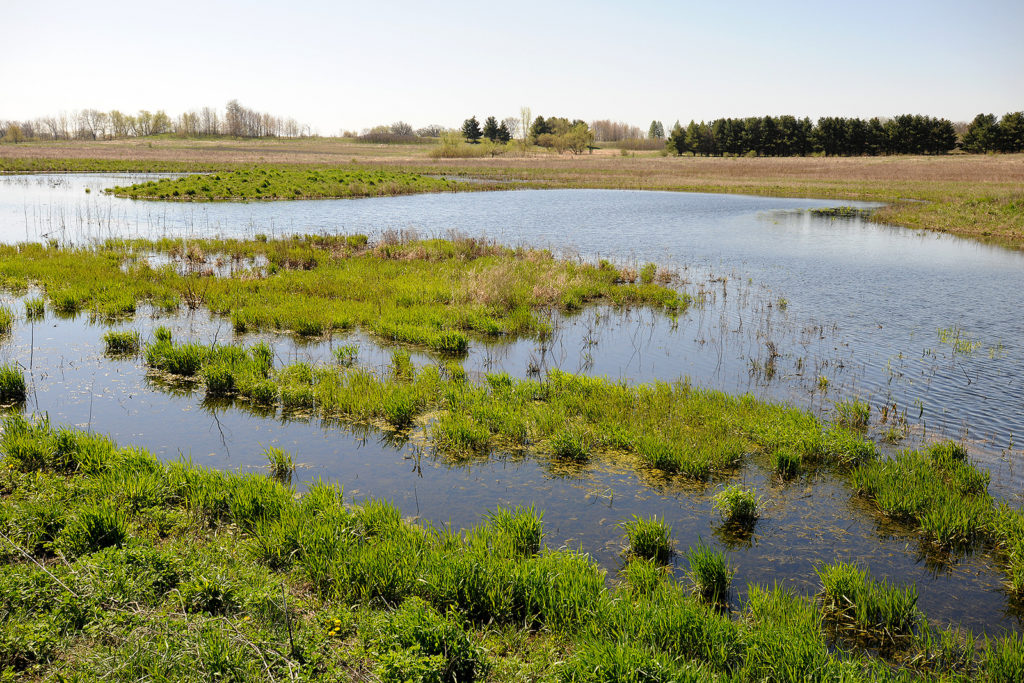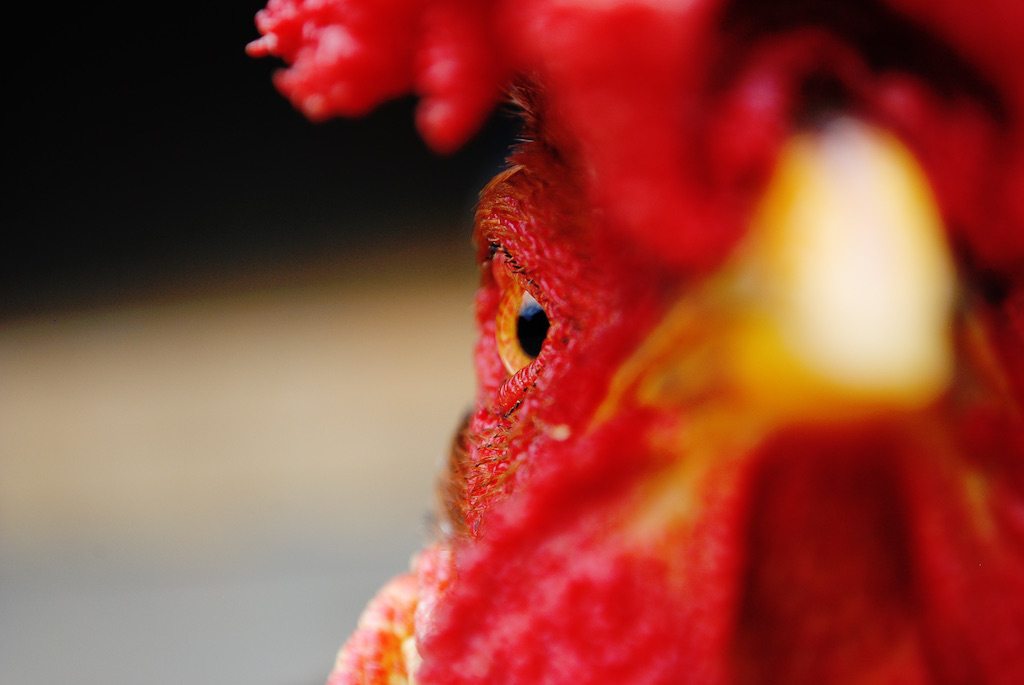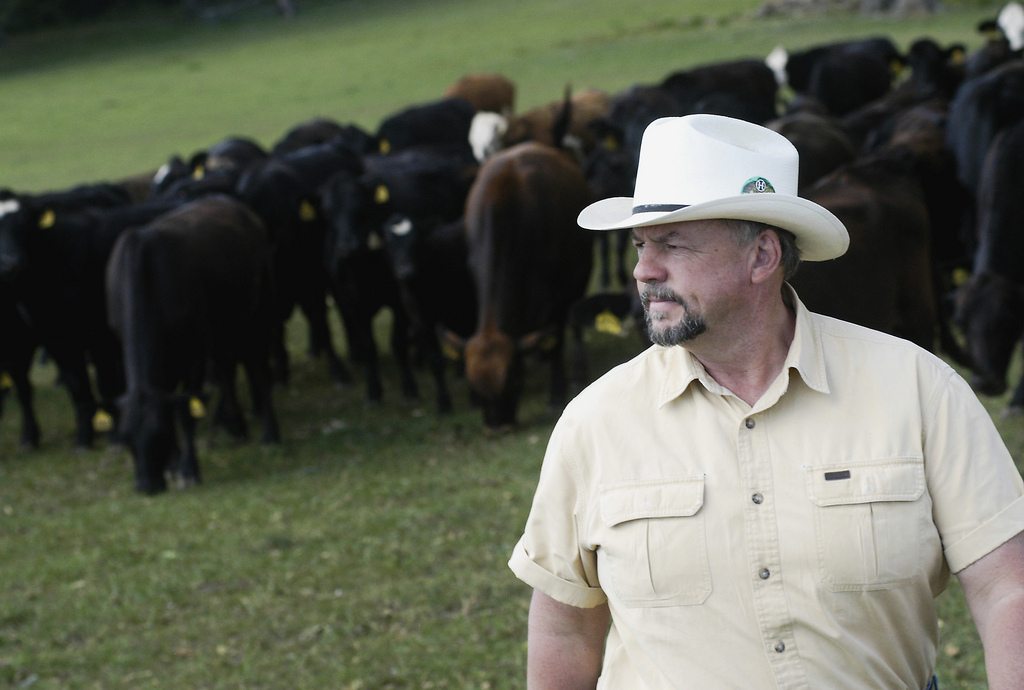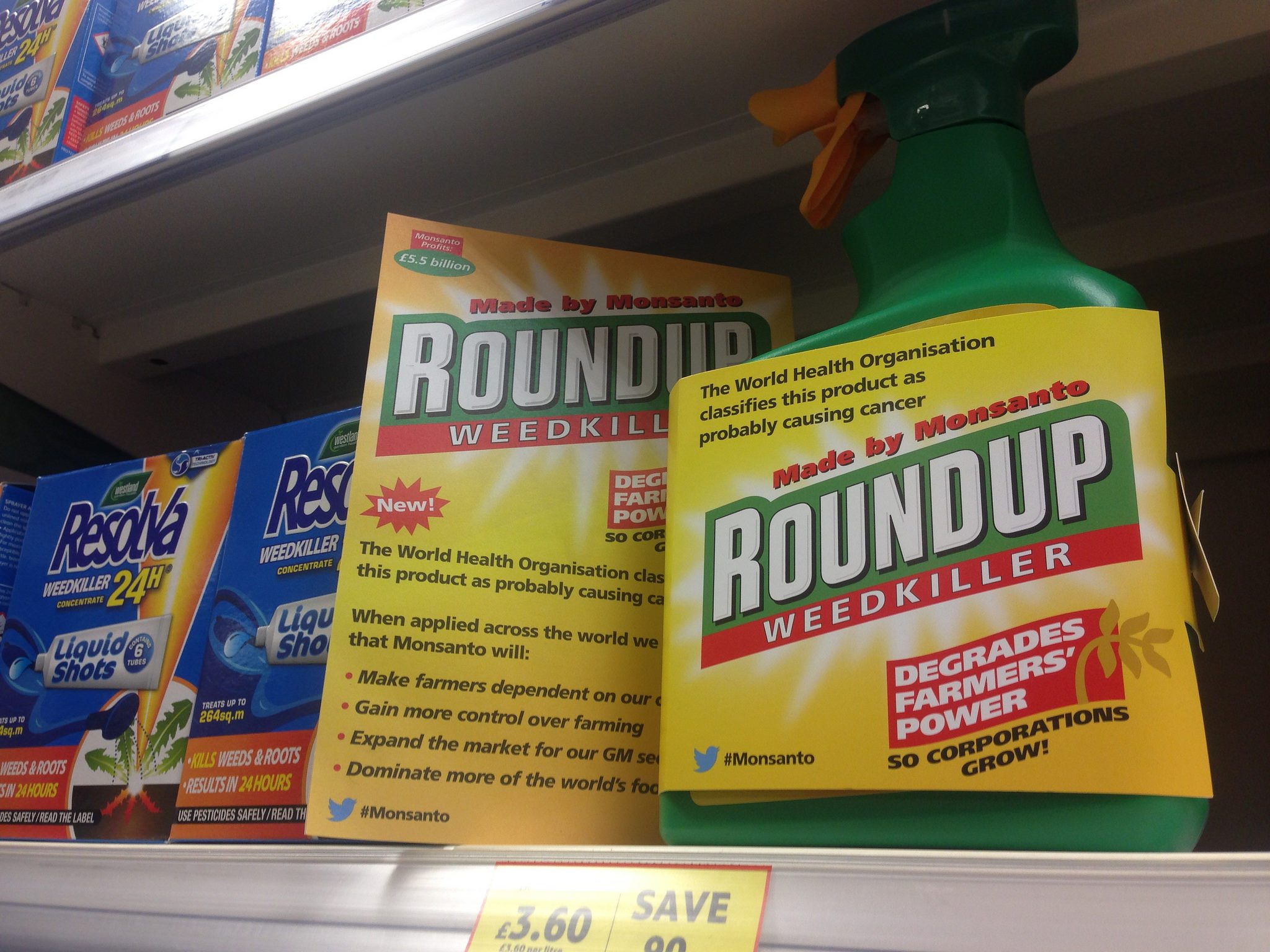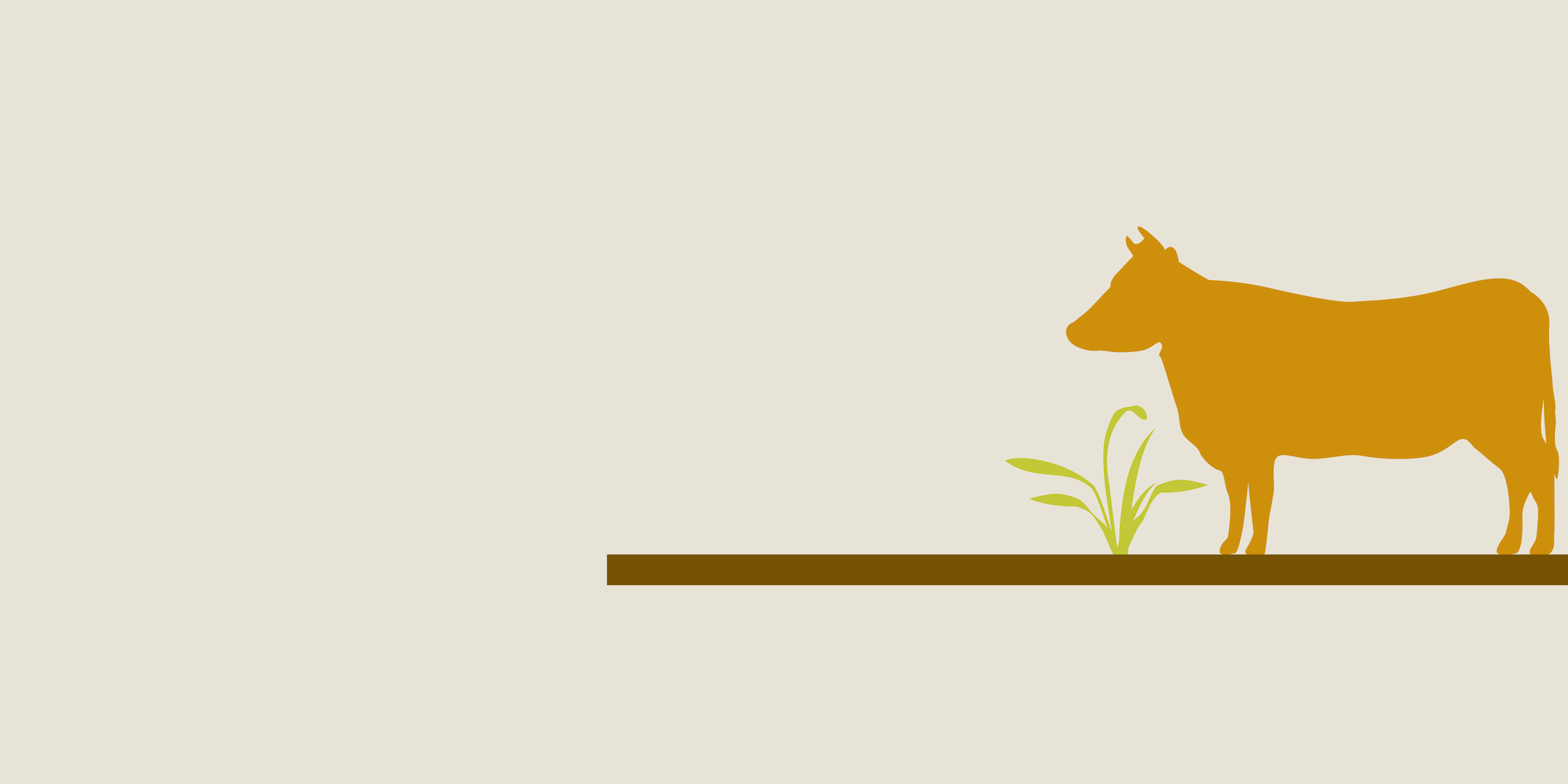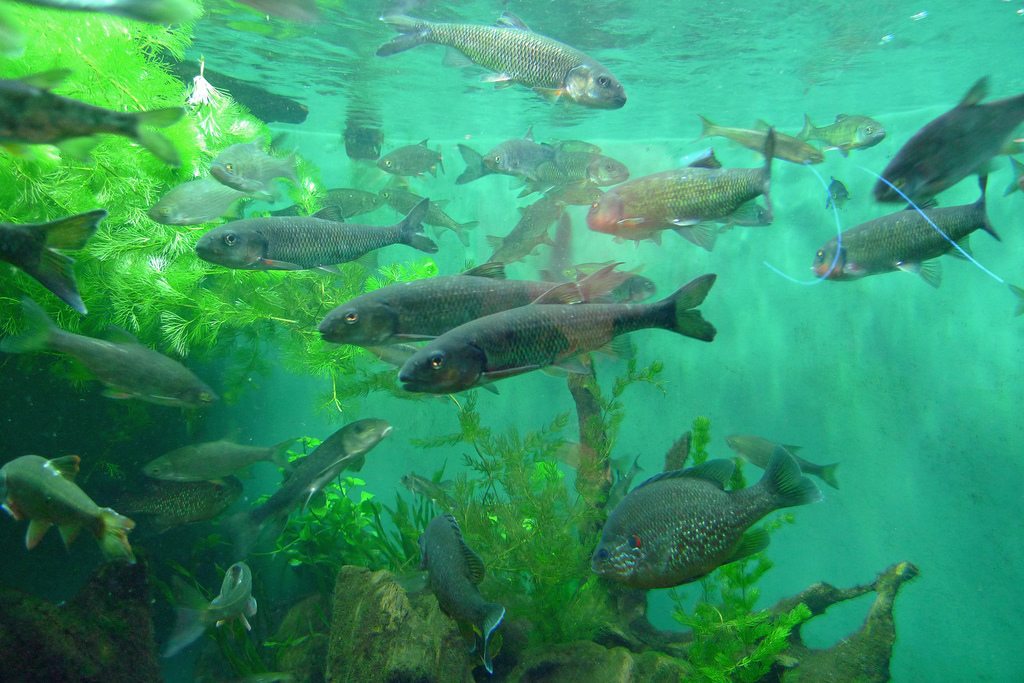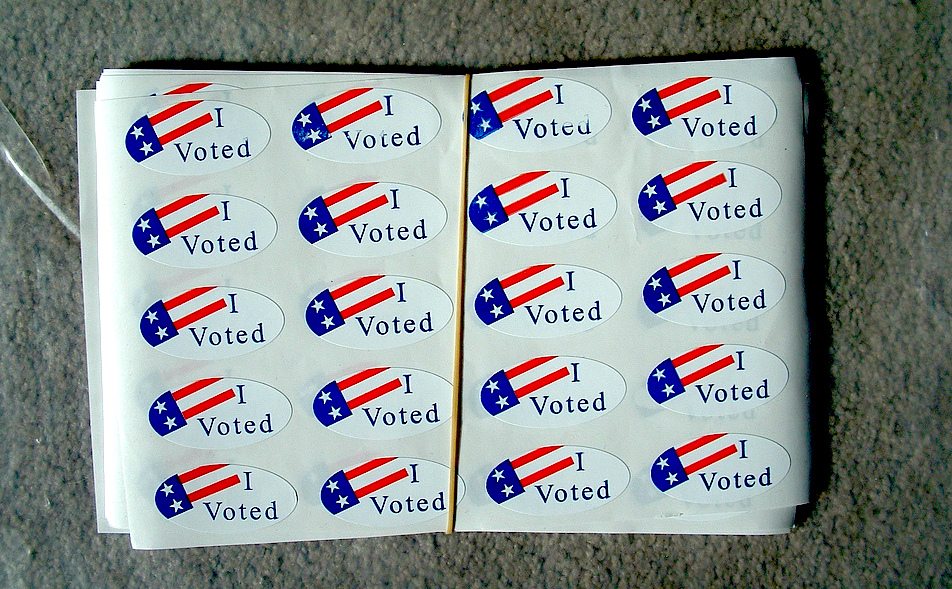“Do you all know what prairie potholes are?” President Trump asked the attendees at the American Farm Bureau Foundation’s annual conference in December. “I don’t, but it sounds bad.”
Prairie potholes, it turns out, are shallow wetlands in the Dakotas, Iowa, and Minnesota that were formed by melting glaciers about 10,000 years ago. They fill up in the springtime and dry out during the summer. Perhaps most significantly, they’re really important duck breeding grounds. In wet years, an estimated 70 percent of the continent’s ducks are born there. Jan Goldman-Carter, counsel for wetlands and water resources at the National Wildlife Federation (NWF), calls the area “the duck factory of North America.”
So why does the president think “it sounds bad”? Well, duck mating doesn’t always exist in harmony with agriculture. And there’s a lot of valuable farmland in Iowa, Minnesota, and the Dakotas. Prior to the 1980s, farmers and developers didn’t worry too much about prairie potholes on their land. They simply drained them, a practice so common that only about half of the original wetlands remain today. Not great for the ducks.
Interest groups like the Farm Bureau typically oppose any government regulation of private land, insisting that “farmers know best” how to care for their fields. When the president sent up prairie potholes at the bureau’s convention, he was referencing his administration’s recent rollback of the Waters of the United States (WOTUS) rule, which made it easier for the Environmental Protection Agency (EPA) to regulate some pothole-adjacent farming activities. Now, the Trump administration is finalizing another rule that, if implemented, may further impact wetlands nationwide.
In an interim final rule published in December, the National Resources Conservation Service (NRCS) announced that it would confirm the status of wetland determinations it made between 1990 and 1996. In those early years, NRCS was using a less accurate method to identify wetlands, which Congress ditched in the 1996 farm bill. The next year, reports Agri-Pulse, the agency said it had made over 3 million determinations and about 60 percent of them were inaccurate. That’s important because those determinations likely underestimated the number of wetland acres that should be protected in a given area. A 2017 report by the Office of the Inspector General (OIG) seems to confirm this: In 13 of 17 cases it reviewed in North Dakota, the pre-1996 determinations reduced wetland acreage by 75 percent.
Goldman-Carter also says this issue came to a head back in the early 2010s, when Congress was considering the next farm bill. At the time, rumors were circulating that crop insurance eligibility would be coupled with wetland protection compliance, and many farmers who had left the program needed back in. But rather than have their land reassessed by NRCS, which might have meant waiting a long time and seeing more land reclassified as wetlands than they’d have liked, they instead wanted to use their pre-1996 assessments.
In March of 2014, a whistleblower contacted the OIG, alleging that NRCS was accepting the pre-1996 assessments in the prairie pothole region, adding that this change was “unethical,” “fraudulent,” and “illegal,” according to a letter Goldman-Carter wrote to Agriculture Secretary Sonny Perdue in July of 2018. Anecdotally, Goldman-Carter says, advocates and scientists were noticing increased wetlands drainage around that time.
So if the agency effectively adopted the policy in January of 2017, why go through the trouble of formalizing it through the official rulemaking process now? “It’s basically trying to put some aura of process and legality on top of what they have already been doing,” Goldman-Carter says.
To recap: Congress decided to make taxpayer subsidies contingent on a modicum of environmental stewardship. The methods the government used to determine what is and isn’t a wetland changed over time, but even though pretty much everyone acknowledges that the maps created before 1996 missed a lot of important duck territory, USDA still wants to rely on old data to determine what is and isn’t a prairie pothole. What this means is that we may end up subsidizing farms that fill in wetlands, even though that’s exactly what the policy was designed to prevent. And it may all add up to less farmland for ducks. Quack.
